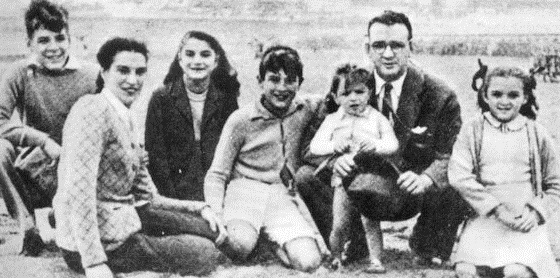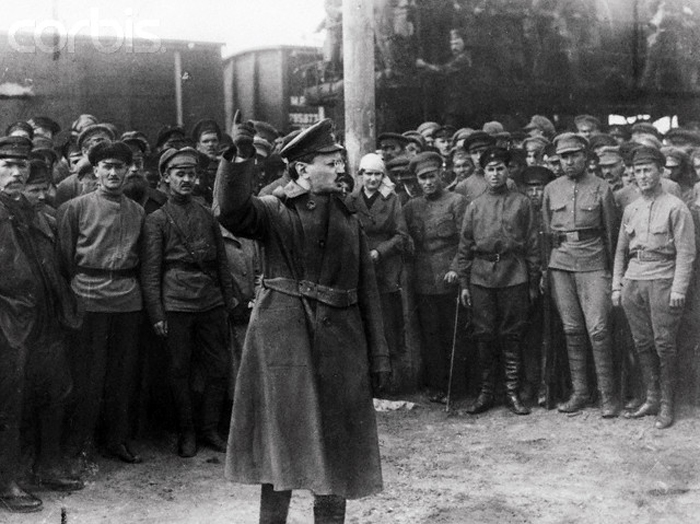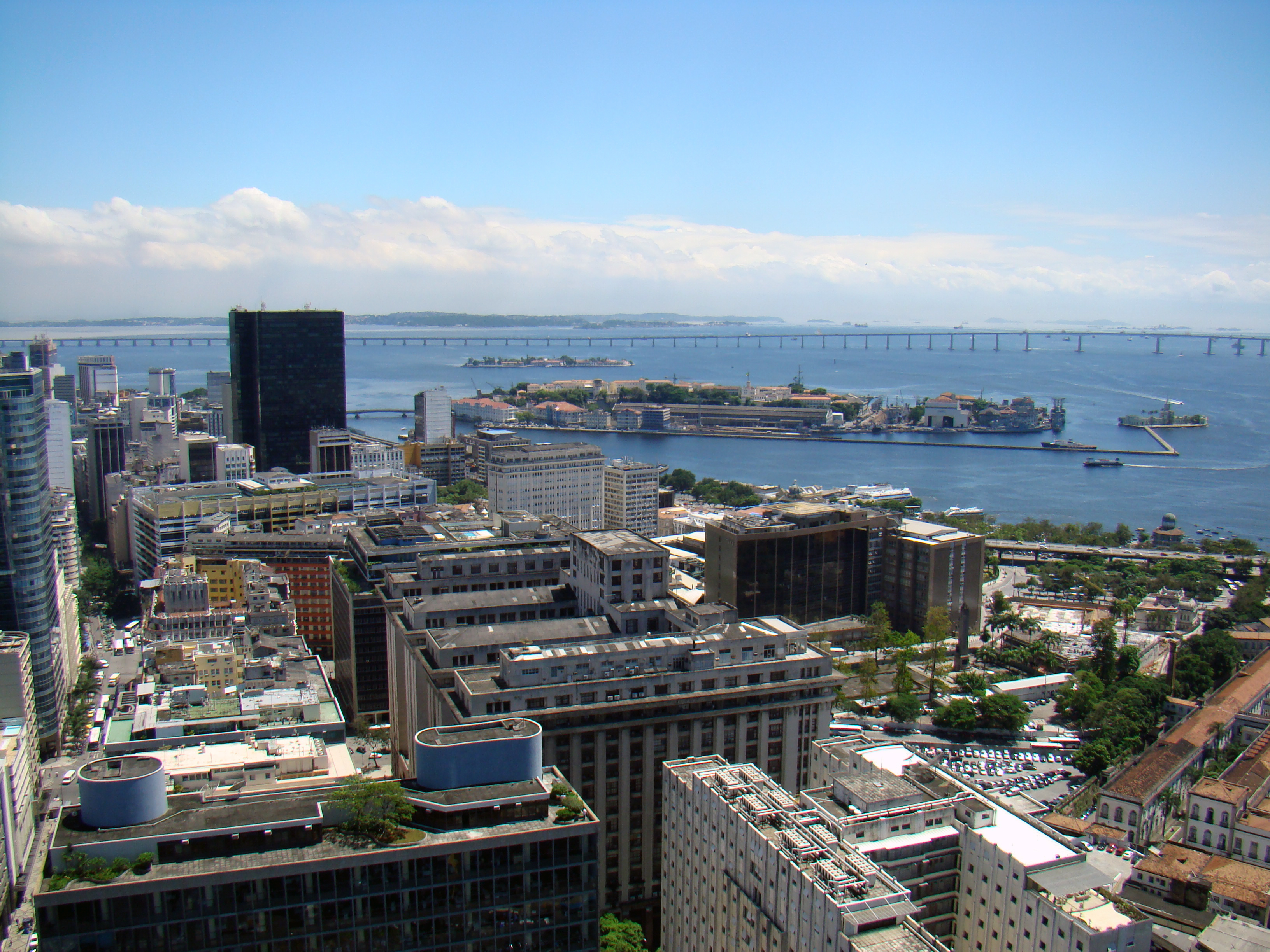|
Partido Pátria Livre
The Free Fatherland Party (, PPL) was a left-wing political party in Brazil. Founded on April 21, 2009, by members of the Revolutionary Movement 8th October (MR-8), it advocated for scientific socialism.Thomaz, Paula"Em 2012, mais uma opção de partido". ''CartaCapital''. October 5, 2011. Its symbols were a green and yellow flag with a five-pointed red star and the inscription ''"Pátria Livre"''. PPL's identification number, as determined by the Supreme Electoral Court, was 54. History PPL was founded mainly by members of the Revolutionary Movement 8th October (MR-8), who were joined by union leaders (linked to the ''Central Geral dos Trabalhadores do Brasil'' national trade union center), student movement activists and feminists. MR-8 was founded in 1964 from a split in the Brazilian Communist Party (PCB), under the name Dissidence of Rio de Janeiro (DI-RJ). A Marxist–Leninist guerrilla group, it promoted armed actions against the military dictatorship and advocated the ... [...More Info...] [...Related Items...] OR: [Wikipedia] [Google] [Baidu] |
Brazilian Democratic Movement
The Brazilian Democratic Movement (, MDB) is a Brazilian political party. It is considered a " big tent party" and it is one of the parties with the greatest representation throughout the national territory, with the most numbers of senators, mayors and city councillors, always having formed a large part of the National Congress since 1988, and also has the largest number of affiliates, with 2,043,709 members . Originally, the MDB was founded on 1965 as part of an enforced two party system by the Brazilian military dictatorship, providing an official, if controlled, opposition. With political opening, in the early 1980s the former members of the MDB created the Brazilian Democratic Movement Party (, PMDB), the name by which the party was known until 2018. It was the party of former Presidents of Brazil Tancredo Neves, José Sarney, Itamar Franco and Michel Temer, as well providing support for the governments of Fernando Henrique Cardoso, Luíz Inácio Lula da Silva and ... [...More Info...] [...Related Items...] OR: [Wikipedia] [Google] [Baidu] |
CartaCapital
''CartaCapital'' is a weekly Brazilian newsmagazine published in Santana de Parnaíba, São Paulo and João Pessoa, Paraíba and distributed throughout the country by Editora Basset. The main focuses of the magazine are politics, economy, social issues and culture. History ''CartaCapital'' was created as a monthly magazine in 1994 by Mino Carta, an Italo-Brazilian journalist. In 1968, Carta founded Brazil's leading newsmagazine '' Veja'' alongside Victor Civita. Eight years later, he founded '' IstoÉ'', another popular newsmagazine. Unsatisfied with the result of the magazines he helped to create, Carta founded ''CartaCapital'' as an alternative to these. ''CartaCapital'' is noted for its small crew; it only has eleven journalists. The magazine was published on a monthly until 1996 when its frequency was switched to biweekly. Its frequency was changed to weekly in 2002. The magazine is known for supporting causes such as both of Luiz Inácio Lula da Silva's candidacies, the ... [...More Info...] [...Related Items...] OR: [Wikipedia] [Google] [Baidu] |
Che Guevara
Ernesto "Che" Guevara (14th May 1928 – 9 October 1967) was an Argentines, Argentine Communist revolution, Marxist revolutionary, physician, author, Guerrilla warfare, guerrilla leader, diplomat, and Military theory, military theorist. A major figure of the Cuban Revolution, his stylized visage has become a ubiquitous Counterculture of the 1960s, countercultural symbol of rebellion and global insignia Che Guevara in popular culture, in popular culture. As a young medical student, Guevara travelled throughout South America and was appalled by the poverty, hunger, and disease he witnessed.On Revolutionary Medicine Speech by Che Guevara to the Cuban Militia on 19 August 1960. "Because of the circumstances in which I traveled, first as a student and later as a doctor, I came into close contact with poverty, hunger a ... [...More Info...] [...Related Items...] OR: [Wikipedia] [Google] [Baidu] |
Communist State
A communist state, also known as a Marxist–Leninist state, is a one-party state in which the totality of the power belongs to a party adhering to some form of Marxism–Leninism, a branch of the communist ideology. Marxism–Leninism was the Ideology of the Communist Party of the Soviet Union, state ideology of the Soviet Union, the Comintern after its Bolshevisation, and the communist states within the Comecon, the Eastern Bloc, and the Warsaw Pact. After the peak of Marxism–Leninism, when many communist states were established, the Revolutions of 1989 brought down most of the communist states; however, Communism remained the official ideology of the ruling parties of Chinese Communist Party, China, Communist Party of Cuba, Cuba, Lao People's Revolutionary Party, Laos, Communist Party of Vietnam, Vietnam, and to a lesser extent, Workers' Party of Korea, North Korea. During the later part of the 20th century, before the Revolutions of 1989, around one-third of the world's ... [...More Info...] [...Related Items...] OR: [Wikipedia] [Google] [Baidu] |
Brazilian Military Government
The military dictatorship in Brazil (), occasionally referred to as the Fifth Brazilian Republic, was established on 1 April 1964, after a coup d'état by the Brazilian Armed Forces, with support from the United States government, against president João Goulart. The Brazilian dictatorship lasted for 21 years, until 15 March 1985. The coup was planned and executed by the most senior commanders of the Brazilian Army and received the support of almost all high-ranking members of the military, along with conservative sectors in society, like the Catholic Church and anti-communist civilian movements among the Brazilian middle and upper classes. The military regime, particularly after the Institutional Act No. 5 of 1968, practiced extensive censorship and committed human rights abuses. Those abuses included institutionalized torture, extrajudicial killings and forced disappearances. Despite initial pledges to the contrary, the military regime enacted a new, restrictive Constituti ... [...More Info...] [...Related Items...] OR: [Wikipedia] [Google] [Baidu] |
Guerrilla Warfare
Guerrilla warfare is a form of unconventional warfare in which small groups of irregular military, such as rebels, partisans, paramilitary personnel or armed civilians, which may include recruited children, use ambushes, sabotage, terrorism, raids, petty warfare or hit-and-run tactics in a rebellion, in a violent conflict, in a war or in a civil war to fight against regular military, police or rival insurgent forces. Although the term "guerrilla warfare" was coined in the context of the Peninsular War in the 19th century, the tactical methods of guerrilla warfare have long been in use. In the 6th century BC, Sun Tzu proposed the use of guerrilla-style tactics in '' The Art of War''. The 3rd century BC Roman general Quintus Fabius Maximus Verrucosus is also credited with inventing many of the tactics of guerrilla warfare through what is today called the Fabian strategy, and in China Peng Yue is also often regarded as the inventor of guerrilla warfare. Guerrilla wa ... [...More Info...] [...Related Items...] OR: [Wikipedia] [Google] [Baidu] |
Marxism–Leninism
Marxism–Leninism () is a communist ideology that became the largest faction of the History of communism, communist movement in the world in the years following the October Revolution. It was the predominant ideology of most communist governments throughout the 20th century. It was developed by Joseph Stalin and drew on elements of Bolshevism, Leninism, and Marxism. It was the state ideology of the Soviet Union, Soviet satellite states in the Eastern Bloc, and various countries in the Non-Aligned Movement and Third World during the Cold War, as well as the Communist International after Bolshevization. Today, Marxism–Leninism is the De jure, de-jure ideology of the ruling parties of Chinese Communist Party, China, Communist Party of Cuba, Cuba, Lao People's Revolutionary Party, Laos, and Communist Party of Vietnam, Vietnam, as well as many other communist parties. The Juche, state ideology of North Korea is derived from Marxism–Leninism, although its evolution is disput ... [...More Info...] [...Related Items...] OR: [Wikipedia] [Google] [Baidu] |
Universidade Federal Da Bahia
The Federal University of Bahia (, UFBA) is a public university located mainly in the city of Salvador. It is the largest university in the state of Bahia. Students can study there without paying tuition fees, as it is a public university. To join the university they must pass an annual examination, known as the " ENEM" (National High School Exam). History UFBA was created on April 8, 1946, through Decree-Law 9155. Earlier, the Federal University of Bahia was formed by the School of Medicine and their associated schools, Dentistry and Pharmacy, and the schools of Philosophy, Economics, Law beyond the Polytechnic School. The actual installation of the university took place on July 2, 1946, the oldest center of higher education in the country, the School of Medicine at the Shrine of Jesus. Four years later, the Federal University of Bahia was federalized. On December 4, 1950, the government enacted the 2234 law setting the Federal System of Higher Education. Since then, the un ... [...More Info...] [...Related Items...] OR: [Wikipedia] [Google] [Baidu] |
Rio De Janeiro (state)
Rio de Janeiro () is one of the States of Brazil, 27 federative units of Brazil. It has the second largest economy of Brazil, with the largest being that of the state of São Paulo (state), São Paulo. The state, which has 8.2% of the Brazilian population, is responsible for 9.2% of the Brazilian Gross domestic product, GDP. The state of Rio de Janeiro is located within the Brazilian geopolitical region classified as the Southeast Region, Brazil, Southeast (assigned by Brazilian Institute of Geography and Statistics, IBGE). Rio de Janeiro shares borders with all the other states in the same Southeast macroregion: Minas Gerais (North, N and Ordinal directions, NW), Espírito Santo (Ordinal direction, NE) and São Paulo (state), São Paulo (Ordinal directions, SW). It is bounded on the east and south by the South Atlantic Ocean. Rio de Janeiro has an area of . Its capital is the city of Rio de Janeiro, Rio de Janeiro, Rio de Janeiro, which was the capital of the Portuguese Colonial ... [...More Info...] [...Related Items...] OR: [Wikipedia] [Google] [Baidu] |
Brazilian Communist Party
The Brazilian Communist Party (), originally the Communist Party of Brazil (), is a communist party in Brazil, founded on 25 March 1922. Arguably the oldest active political party in Brazil, it played an important role in the country's 20th-century history despite the relatively small number of members. A factional dispute led to the formation of PCdoB (Communist Party of Brazil) in the 1960s, though both communist parties were united in opposition to the Brazilian military government that ruled from 1964 to 1985. But with the fall of the Soviet Union and the collapse of communism circa 1990, the party lost power and international support. An internal coup in 1992 divided the party and formed a new party, called Popular Socialist Party, using the former identification number of the PCB, 23. That party has since moved towards the centre and now goes by the name Cidadania. The youth organization of the PCB is the Communist Youth Union and is a member of the World Federat ... [...More Info...] [...Related Items...] OR: [Wikipedia] [Google] [Baidu] |
O Globo
''O Globo'' (, ''The Globe'') is a Brazilian newspaper based in Rio de Janeiro. ''O Globo'' is the leading daily newspaper in the country and the most prominent print publication in the Grupo Globo media conglomerate. Founded by journalist Irineu Marinho, owner of '' A Noite'', it was originally intended as a morning daily to extend the newspaper interests of the company. In time, it became the flagship paper of the group. When Irineu died weeks after the founding of the newspaper in 1925, it was inherited by his son Roberto. At age 21, he started working as a trainee reporter for the paper and later became managing editor. Roberto Marinho developed Grupo Globo (the conglomerate of media companies consisting of ''O Globo,'' TV Globo, Rádio Globo, Editora Globo and other subsidiaries) as Brazil's largest media group, entering radio in the 1940s and TV in the 1960s, and picking up other interests. An active supporter of the military dictatorship that lasted from 1964 to 198 ... [...More Info...] [...Related Items...] OR: [Wikipedia] [Google] [Baidu] |
National Trade Union Center
Organizers within trade unions have sought to increase the bargaining power of workers in regards to collective bargaining by acting in collaboration with other trade unions. Multi-union organizing can take place on an informal basis, or on a more formal basis via an umbrella organization comprising multiple trade unions. Such umbrella organizations may be referred to as a trade union federation, trade union confederation, or trade union centre. Background A prominent example of trade union federations is the national trade union federation— national trade union confederation or centre—which are composed of trade unions within a particular country. Most countries have a national trade union federation, with many countries having more than one. The largest national trade union federation is the All-China Federation of Trade Unions with a total membership of 302 million as of 2017. From 1935 to 1955 in the United States, there were two competing national trade union f ... [...More Info...] [...Related Items...] OR: [Wikipedia] [Google] [Baidu] |




